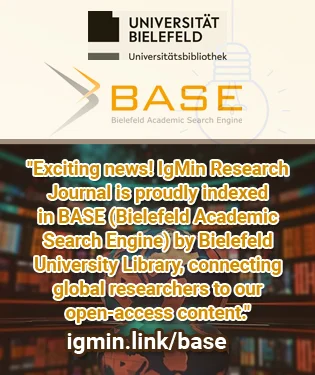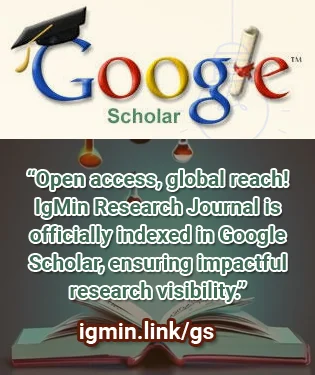摘要
A new generation of innovative nuclear reactor technology is being piloted in some countries. This reactor features low installation and electricity production costs, a much-reduced waste problem, and a simplified yet reliable nuclear fuel cycle. It is designed for long-term energy production—at least 60 years—while utilizing domestic resources to significantly reduce costs, including those related to fuel raw material and manufacturing. The thorium fuel cycle molten salt reactor is at the heart of this advancement, offering a promising solution for sustainable nuclear energy. In thorium MSRs (Molten Salt Reactors), the giant pressure vessel, fuel bundles and reactor heart, complex piping systems and pumps that are in conventional reactors of the same power are either completely absent or have been reduced much more. For example, the main body of a 1500 MWe MSR is the size of 2 truck containers and occupies relatively little space. There is no accidental hydrogen release or reactor explosion in MSRs due to their design. Since the design minimizes explosion risk, the likelihood of uncontrolled radioactive release is significantly reduced of radioactive isotopes into the atmosphere, water or soil. In case of a problem during operation, there is no need for human intervention to stop the system. MSR fuels are molten at 600 °C - 700 °C; the hearth where they are located is not at very high pressure, but at normal pressure, there is no solid fuel rods or water in the environment, so the risk of explosion could be refined to reflect that risks are minimized (not eliminated). In the unlikely event of overheating, liquid fuel flows from the discharge pipe at the bottom to the liquid fuel tank, the nuclear reaction stops and these processes occur without human intervention. MSRs do not require human intervention during regular operation either. Because the system is designed to operate continuously and safely on its own. The radioactive waste from MSRs is much less in volume and their storage life is only 300 years, not 10s of thousands of years, which makes it easier in this respect. In this study, the advantages, disadvantages, and energy effects of the new-generation energy source—thorium-fueled molten salt reactors—were examined, with explanations provided on their contributions and energy modeling.




![Molten Salt Reactor [6].](https://www.igminresearch.cn/articles/figures/igmin300/igmin300.g001.png)


